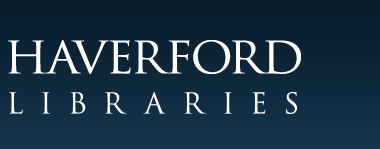Interactions between mood and left-right asymmetries in attention.
Document Type
Journal Article
Role
Author
Standard Number
0419-4217
Journal Title
Dissertation Abstracts: Section B. The Sciences and Engineering
Volume
58
Issue
7B
First Page
3959
Publication Date
1998
Abstract
This investigation examines interactions between mood and lateral asymmetries in visuospatial attention in normal human subjects. Dysphoric mood is proposed to be associated with decreased ability to shift attention in visual space, based upon prior evidence that the right parietal region is critical in this function, and evidence that functions of the right hemisphere are compromised in depressed mood states. Experiment 1 examines the effects of induced mood on responses to targets in the left (LVF) and right (RVF) visual fields in a standard valid/invalid cue paradigm. At brief cue-target delays, subjects who watched a sad film were slower to respond to LVF targets, compared to RVF targets, whereas subjects who watched a funny film showed no asymmetry. Experiment 2 examines the association between naturally-occurring variations in mood and attentional orienting ability. Subjects completed an orienting task and mood questionnaire on two separate occasions, and mood scores were used to identify one session as "less dysphoric" and the other as "more dysphoric". Results revealed an association between dysphoric mood and slowness in shifting attention away from the side of space compatible with the response hand. Experiment 3 examines whether manipulating subjects' attentional asymmetry affects subsequent mood state. One subject group completed a left-biased (LB) attentional task, with more targets occurring in the LVF, and another group completed a mirror image right-biased (RB) task. The LB group displayed greater declines in elation and vigor, and greater increases in fatigue, compared to the RB group. These results suggest that the LB task draws upon resources of right parietal regions that would otherwise be used to maintain arousal. Taken together, results of the three experiments support reciprocal interactions between mood state and lateral asymmetries in attention. However, the pattern of results is not consistent with a simple "right hemisphere deficit" hypothesis. Rather, dysphoric mood enhances attentional biases favoring the side of space compatible with the response hand. The neural basis of this aspect of attentional allocation is not clear, but may involve a combination of parietal, prefrontal, and interhemispheric mechanisms. (PsycINFO Database Record (c) 2007 APA, all rights reserved)"
Repository Citation
Compton, Rebecca. "Interactions between Mood and Left-right Asymmetries in Attention." Dissertation Abstracts: Section B. The Sciences and Engineering 58.7B (1998): 3959. Print.
